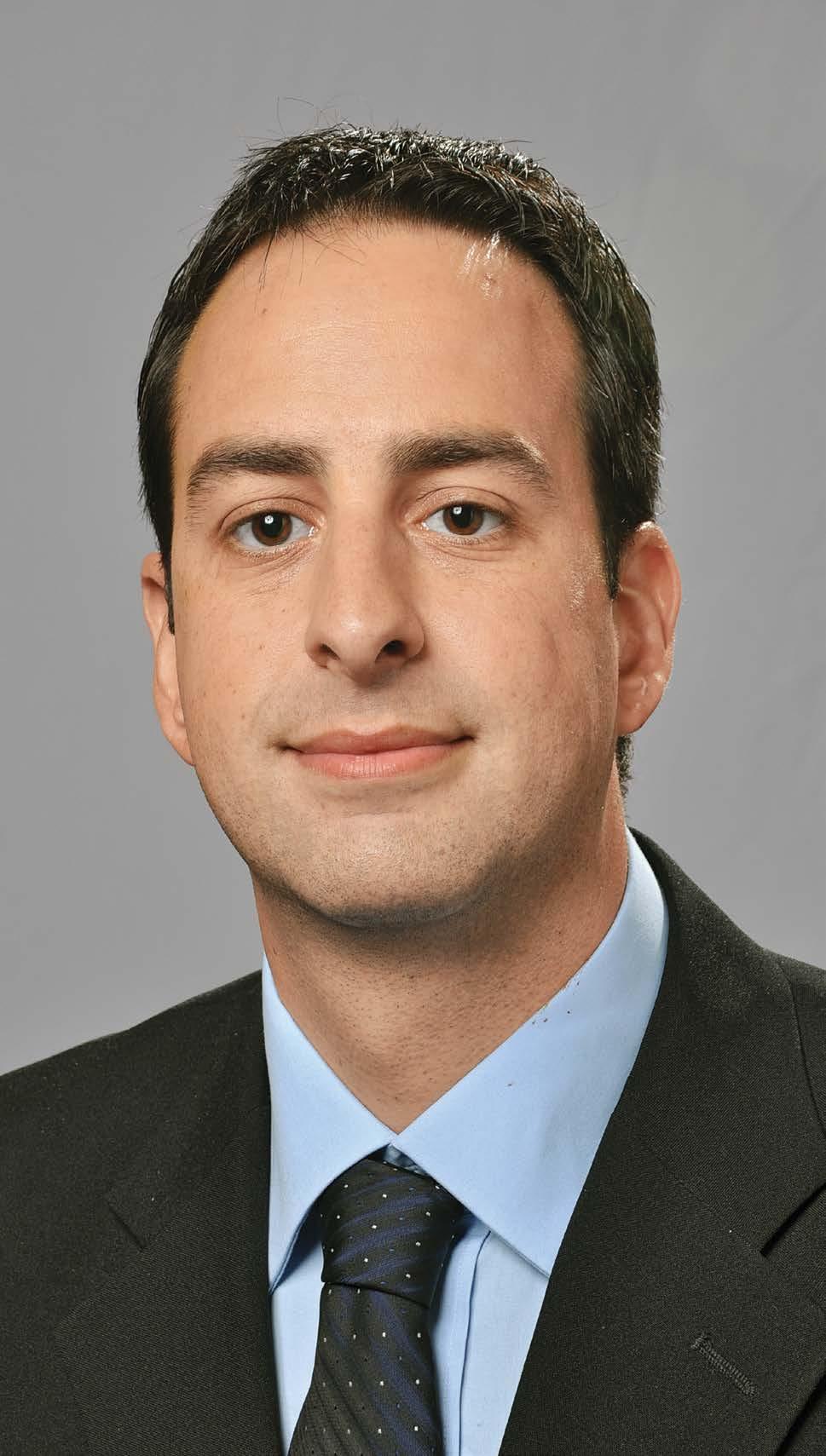
4 minute read
Nearshoring to Put Mexico’s Industries on the Map
Q: How has AMBE Engineering expanded its business over the past 20 years and what role do clients operating in Mexico play within the company’s operations?
A: We have been highly successful in managing operations during crises, specifically in on-the-floor operations. We also help companies develop their suppliers. We have many experienced consultants in the Mexican market and, given that we have operations both in Mexico and the US, we can provide a comprehensive service.
Most decisions within the aerospace sector are made in the US but Mexico is becoming more important because of subjects like nearshoring. Many customers want to move operations or find suppliers in Mexico and helping them to do so has been the foundation for our 20 years of growth. We first specialized in the automotive sector and for the past two years, we have been working in the aerospace industry, helping customers do transfer operations and manage crises with suppliers based in Mexico.
Q: How was the transition from the automotive sector to the aerospace industry?
A: It has been an interesting change but not an easy one. Most people might think that because aerospace has lower rates, low volumes and high customization, transitioning from the automotive sector would be easy but it is not. Understanding the supplier relationships and negotiating with OEMs, for example, take a long time. If something is going badly in the automotive sector, it is easy to change suppliers because there are thousands of them. In the aerospace sector, given its highly specialized nature, one cannot jump from one supplier to the next. The aerospace industry has a much more collaborative environment, which creates many challenges because it makes it hard to get into the sector. Once you are there, it is a long-term business.
Q: What are the aerospace sector’s main supply chain challenges?
A: The COVID-19 pandemic shook the aerospace sector. Some companies did not survive and were replaced by others. We are now integrating these new companies and their operations into the sector, which usually results in hiccups related to processes, materials and deliveries. Logistics disruptions have also caused difficulties by making certain materials unavailable and increasing waiting times from 13 to 30 weeks on average.
Some aerospace companies increased their operations because they were smart enough to diversify into the automotive sector and other industries, and vice versa. These companies bring new things to the table.
We are in a critical moment where there are many opportunities because the world is facing issues like the war in the EU and the commercial war between China and the US. These factors have made customers realize that they need production in the North American region. This is a great opportunity for Mexico and we are already seeing businesses moving from Asia to the country.
Q: Why should companies looking to improve their manufacturing operations consult third-party firms?
A: It is all about efficiency. AMBE accompanies the client, finds the weak and blind spots and offers consultants with all levels of expertise in logistics, quality, production, price management and safety. Similar to a visit to a doctor, we make a diagnosis and decide what is necessary to transform that weak spot into a strength. Consultancy is like medicine because companies are not supposed to take it forever. We help companies take a “picture” of how the company was before we worked with them, measure the changes and coach customers to maintain the implemented systems.
To reduce clients’ production costs, one of our most common strategies is to help them develop new suppliers. Companies often import parts from the EU, Asia or the US. We are helping those companies to build a supply chain in Mexico, which is closer. While production is not that different in terms of pricing, logistics is one of the most expensive operational elements. We also help companies optimize their purchasing systems, which are usually poorly organized, to consolidate shipments and volumes. Finally, we are also working with customers to create new logistics routes to help improve distribution. While globalization is great, the trend is to go regional to help reduce risks and costs and be more efficient.
Q: How do you think nearshoring will impact the aerospace industry and how can companies prepare for the coming challenges?
A: Nearshoring will change the industry. AMBE offers softlanding services, so we have already been contacted by a couple of companies interested in bringing their operations to Mexico. Large OEMs in the US and Canada are demanding that their supplier base is present in the region. This megatrend will likely keep growing. Many companies with contracts in Asia due in 2023 or 2024 have already decided to take those operations to North America, mainly to Mexico, both in the automotive and aerospace sectors. The transition will take longer in the case of the aerospace industry because of the certifications, suppliers and volume changes involved, but it will happen.
Q: In your view, how is Mexico preparing for the global demand for specialized aerospace talent?
A: The integration of capabilities has been done well. Components in the aerospace sector require many processes, so it is not possible for a company to do everything alone. There should be one player connecting all the dots and encouraging teamwork, so this is a significant area of opportunity. We have gotten SMEs to talk to each other and to work together.
More people are becoming interested in the sector. Alongside the Mexican Council for Aerospace Education (COMEA) and the Mexican Federation of the Aerospace Industry (FEMIA), we are developing plans for universities and technical institutions. This way, we will have the right people with the right skills in the right region. So far, it has not been an issue but it is a challenge we want to get ahead of because if demand grows as we expect it to, there will not be enough talent to attend to the market.










